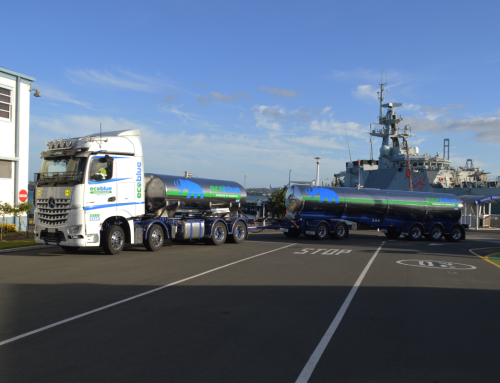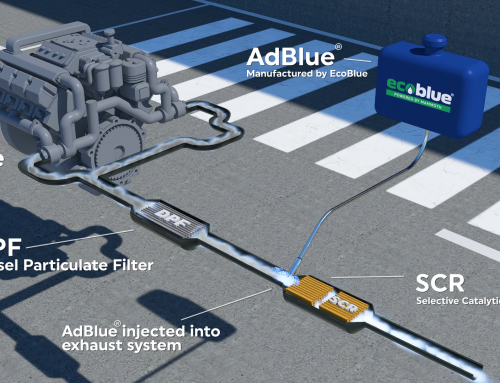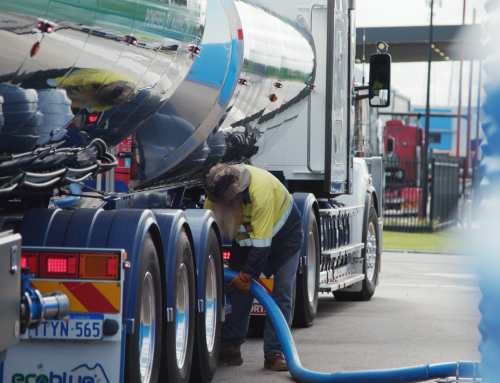AdBlue® is often placed in the same areas as dangerous substances such as fuel and oil, but it can actually be stored and handled very safely – with a little bit of common sense.
AdBlue® is a non-toxic fluid which is considered non-hazardous to the environment. The colourless and odourless solution is made-up of 32.5% urea in demineralised water. Urea is an organic compound that can occur in nature (yes, it is a component of urine) and is commonly used as fertiliser in the agriculture industry. Australian Dangerous Goods and NOHSC criteria classify AdBlue® as non-dangerous, though precautions for storage and handling have been recommended. In New Zealand, AdBlue® is classes as hazardous under the Hazardous Substance New Organisms Legislation, but is not regulated as a Dangerous Goods.
AdBlue® solution is safe to use and store, and small spillages can be dispersed with water. Like any chemical, large amounts can be problematic, and care should be taken when transporting and storing AdBlue®. As it is an aqueous solution, it can be corrosive to some metals. Because of the high water content, AdBlue® is not combustible and does not pose a fire risk.
Limiting constant handling or exposure to skin is required to prevent developing contact dermatitis, but a possibility of irritation and discomfort may be experienced if AdBlue® comes in contact with eyes, is swallowed or is inhaled.
So, while AdBlue® is sometimes grouped-in with its more dangerous counterparts, it is considered non-hazardous to people and the environment. By using a solution of naturally occurring substances, such as AdBlue®, cleaner air doesn’t have to mean harsh chemicals.






